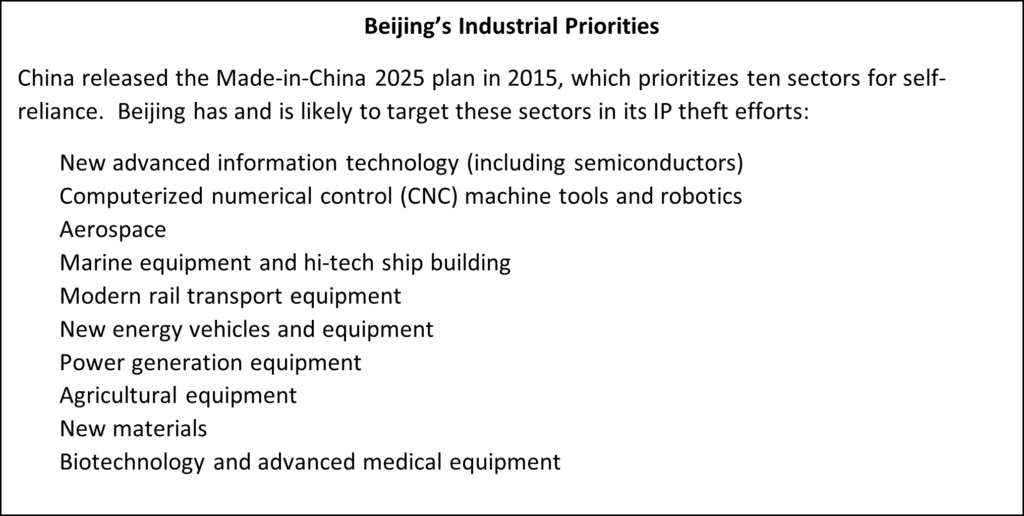China Watch: Ill Positioned For Technological Decoupling
Chinese leaders are concerned about a potential US-China technological decoupling and are likely to use a combination of diplomacy, coercion, and covert operations to gain access to cutting-edge technology. A recent assessment from a prominent Chinese think tank1 concluded that China has more to lose from a technological decoupling because China lags behind the US in key fields such as semiconductors, aviation, industrial software, biotechnology and medical equipment, fine chemicals, and agricultural sciences.
- In June, Xi Jinping made two provincial inspection tours in part to promote indigenous technological innovation, pointing out that China cannot achieve true national security without controlling “core chokepoint technologies.”
- A spokesperson for the Chinese Ministry of Foreign Affairs in July called US efforts to limit China’s access to advanced semiconductor-making equipment “technological terrorism.” Chinese officials have consistently opposed an economic decoupling with the US because China remains dependent on US technology, investment, and market access.
China’s support for Russia and supply chain disruptions caused by its “zero-COVID” policy—on top of long-standing unfair trade practices, aggressive foreign policy, and human rights abuses—have highlighted the need for the US and its allies to prevent China’s economic dominance.
- The US Congress is expected to pass a bill subsidizing semiconductor production in the US before the August recess. The bill currently restricts companies that receive US government funding from investing in advanced semiconductor production in China or other countries of concern, although the production of legacy chips in those countries would still be allowed.
- In June, a group of bipartisan US lawmakers announced a new draft of the National Critical Capabilities Defense Act of 2022, which would establish a review mechanism for outbound investments to prevent sensitive technology transfers to China and other adversarial countries. If enacted, the law would create a new review panel that functions similarly to the Committee on Foreign Investment in the US (CFIUS), which reviews inbound foreign investment.
- The US and EU Trade and Technology Council met in May and agreed to prevent sensitive technology transfers to autocratic regimes.
To counter the US and its allies, China is likely to simultaneously engage in trade negotiations, put pressure on foreign businesses to transfer technology, and conduct intellectual property (IP) theft. China has long considered the EU’s China policy as more pragmatic and will try to persuade European leaders to break ranks with the US by offering limited concessions on trade and market access.
- China is likely to lean on US businesses to lobby against tighter restrictions on technological exports and US investments in China. Beijing will continue policies that pressure foreign companies to transfer technology as a condition for access to the China market.
- Although IP protection has gradually improved in China over the past decade, Beijing’s concern about being cut off from advanced technology is likely to lead to political pressure on courts to favor Chinese companies in IP disputes. Since 2020, Chinese courts have increasingly used antisuit injunctions to penalize foreign technology companies for filing IP-related lawsuits outside China.
- Beijing employs an integrated approach for stealing key foreign technology, involving multiple government and party agencies, the military, and state-owned and private companies. It uses a combination of cyber operations, human intelligence, talent recruitment, academic exchanges, business opportunities, and open-source collection to steal sensitive technology.



 November 7th, 2024
November 7th, 2024